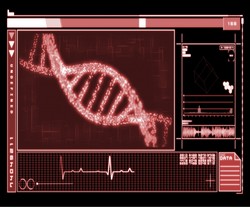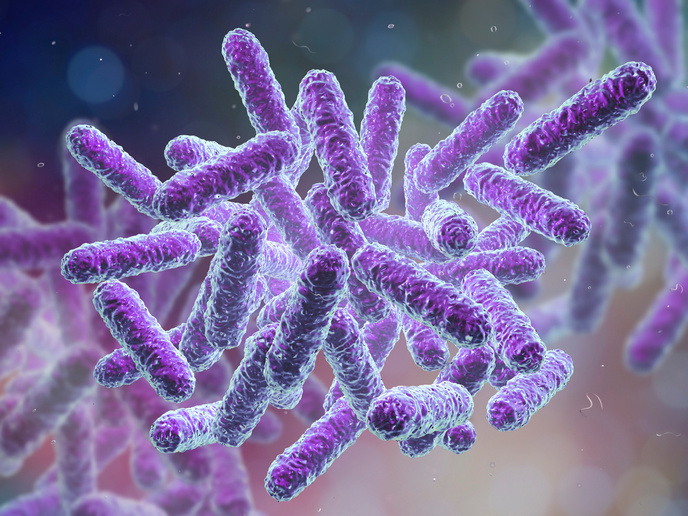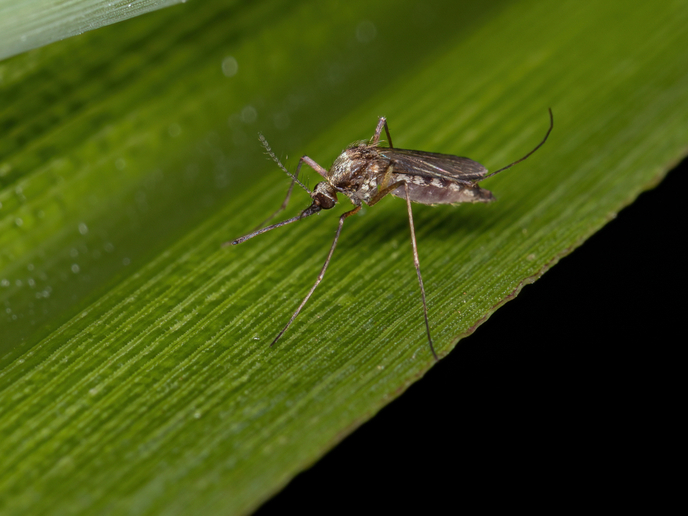Detecting and manipulating a single DNA molecule
Detection of changes in the transmission properties of light (electromagnetic radiation) forms the basis of optical tools from simple light microscopes to complicated nano-optical devices. Scientists are now well on their way to using a lab-on-a-chip exploiting changes in transmission induced by the presence of a single DNA molecule. The EU-funded PLASBIORES (Plasmonic Biosensors based on nanometric optical Resonators integrated with point-light-sources for label free detection of DNA) project developed integrated devices based on wafer-scale processes. The research has led to the production of a nanochannel equipped with a plasmonic nanoantenna on a microfluidic device for a revolutionary new way of sensing. Researchers used direct imprint lithography to construct multifunctional, multidimensional nanofluidic channels in a single step, within a few minutes and with no alignment necessary. They also developed the technology to integrate plasmonic elements, specifically plasmonic nanoantennae consisting of gold-filled nanotriangles. The plasmonic nanoantennae were perfectly self-aligned with the nanochannels and four holes were drilled at the ends of the microchannels to enable liquid access. The polymer device was then bonded to a glass coverslip for characterisation. Plasmonic nanoantennae, which are currently attracting enormous interest, operate much like radio antennae but at higher frequencies. When light interacts with metal nanoparticles, in this case gold, it induces collective oscillations of the conduction electrons. These in turn can create useful effects, including the formation of high-intensity hot spots at the nanoparticle surface in order to detect single DNA molecules. Researchers tested both the nanochannels and the nanoantennae separately. The nanoantennae provided exceptional signal enhancement compared to a non-structured gold surface. Single DNA molecules were successfully fed into the nanochannels and stretched out via electrophoresis to a length 89 % of that predicted. This is one of the largest stretching factors in the literature for single molecules in nanochannels. PLASBIORES results were extremely promising and this unique, portable device will provide major benefits in the field of medicine, particularly point-of-care applications. It will also enhance environmental monitoring and many other fields in which biological molecules are of interest.







